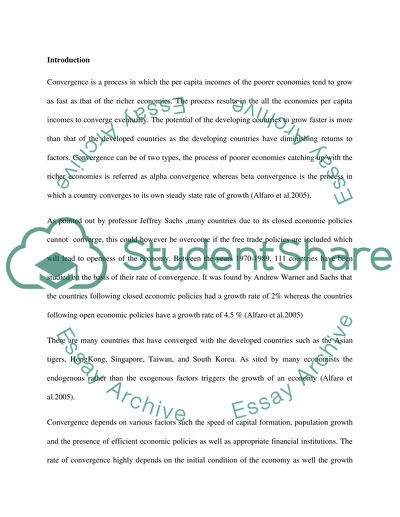Cite this document
(“Macroeconomic convergence, financial development and economic growth Dissertation”, n.d.)
Retrieved de https://studentshare.org/macro-microeconomics/1390901-macroeconomic-convergence-financial-development
Retrieved de https://studentshare.org/macro-microeconomics/1390901-macroeconomic-convergence-financial-development
(Macroeconomic Convergence, Financial Development and Economic Growth Dissertation)
https://studentshare.org/macro-microeconomics/1390901-macroeconomic-convergence-financial-development.
https://studentshare.org/macro-microeconomics/1390901-macroeconomic-convergence-financial-development.
“Macroeconomic Convergence, Financial Development and Economic Growth Dissertation”, n.d. https://studentshare.org/macro-microeconomics/1390901-macroeconomic-convergence-financial-development.


